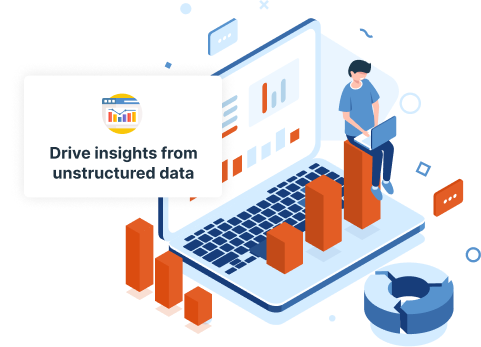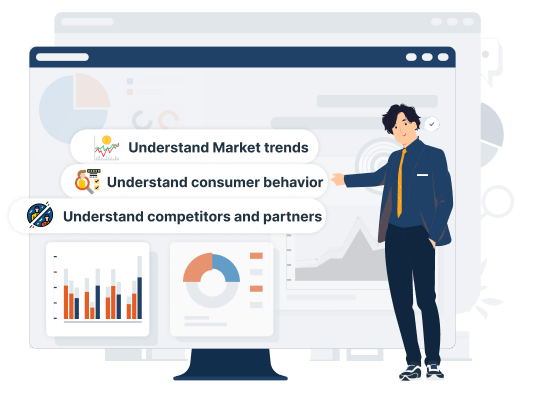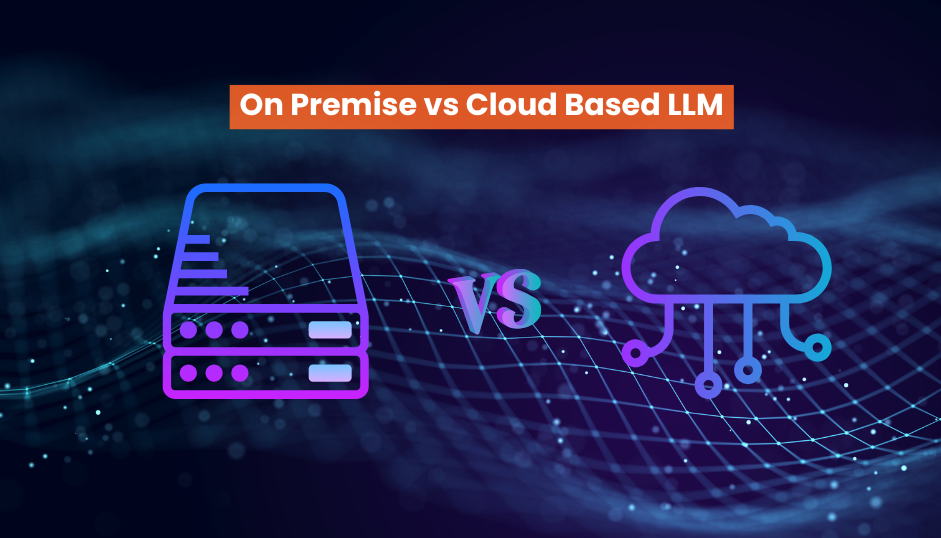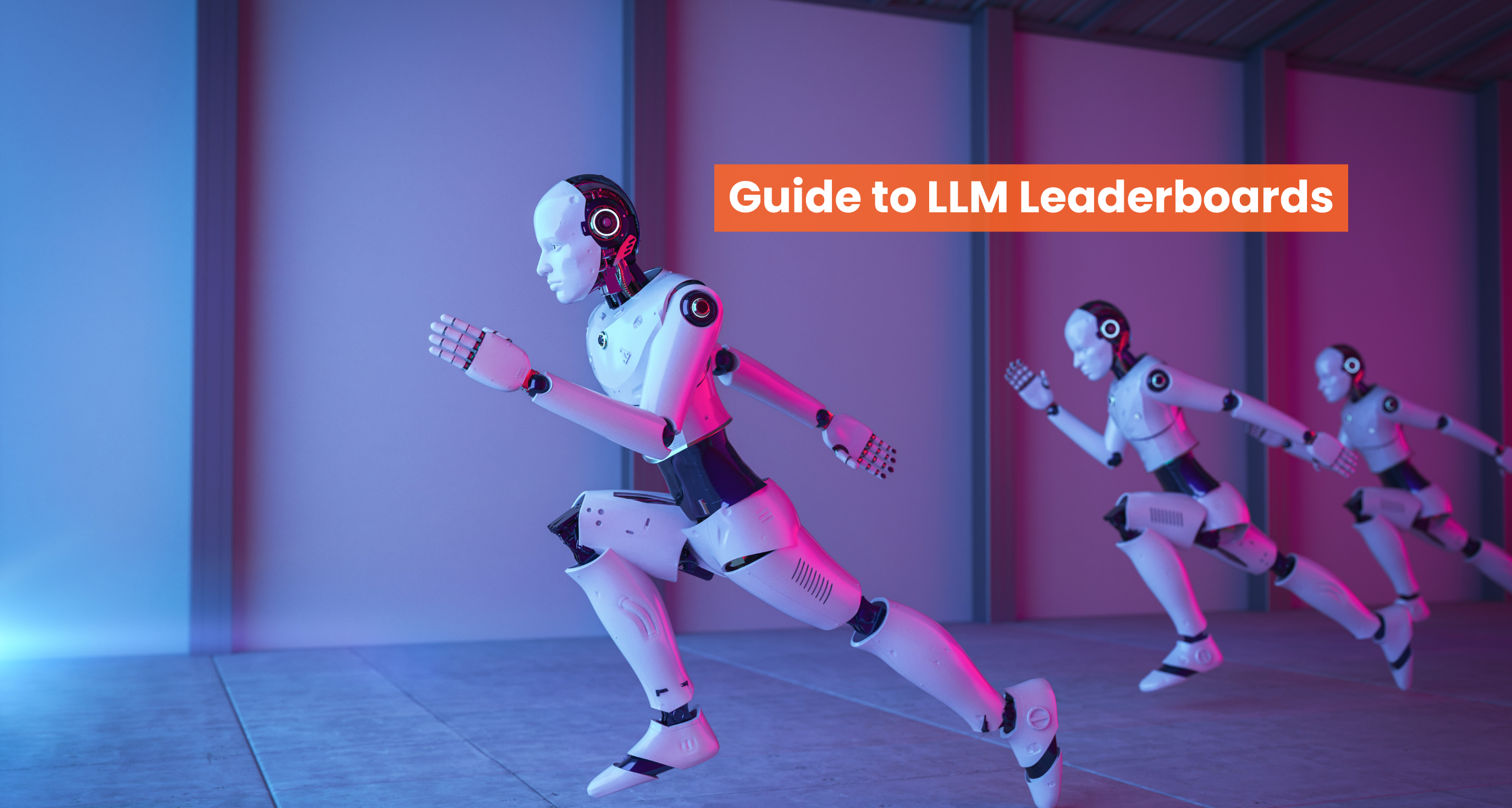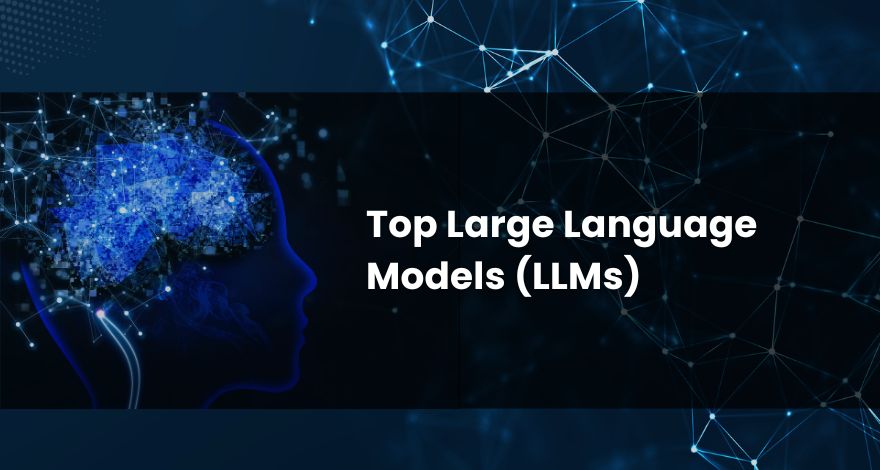Frequently Asked Questions
Have a question in mind? We are here to answer. If you don’t see your question here, drop us a line at our contact page.
What are Large Language Models (LLMs)?

Large Language Models (LLMs) are AI models that are trained and fine-tuned on large datasets and bring out outputs as expected in human-like language. LLMs is a deep learning technique capable of generating text according to query, making language translation, and improving natural language understanding.
What are training processes for Large Language Models?

Large Language Models can be trained by a process called unsupervised learning. They are fed with a huge amount of text data, and with that data, the model recognizes and learns to predict the next word in a sentence based on the context. This process is usually used on high-performance computing infrastructure.
Can Large Language Models be fine-tuned for specific tasks?

Yes, Large Language Models can be trained and fine-tuned according to specific tasks by training them on domain-specific datasets or labelled data. The fine-tuning process allows the models to be further refined and help them adapt to specific contexts, making them more suitable for tasks such as sentiment analysis, entity recognition, and question-answering.
What are some practical applications of Large Language Models?

Large Language Models have a lot of applications, such as creating chatbots and virtual assistants, content generation, language translation, sentiment analysis, recommendation systems, and text summarization. They can also assist in researching, writing, and analysing data.
Are there any limitations of Large Language Models?

Large Language Models require a lot of data and substantial computational resources for training. The data can impact its output as biased data can lead to biased results making the information misleading and incorrect. Handling long-term context and maintaining consistent responses still pose challenges for these models.
What are Large Language Models (LLMs), and how are they used in various industries?

Large Language Models (LLMs) are AI models that are trained on extensive text data. So different industries can utilise LLMs for tasks like customer service, content generation, language translation, sentiment analysis, legal research, financial analysis, recommendation systems, medical diagnosis, and a lot more.
What is the difference between ChatGPT and Large Language Models (LLMs)?

ChatGPT is a specific model of a Large Language Model (LLM) developed by OpenAI. LLM is a broader category that helps develop AI models that could serve various tasks, including ChatGPT, sentimental analysis, legal research and all the listed above tasks. ChatGPT is a conversational application defined to adhere to a specific task, while LLMs can have a wider range of applications.
Can ChatGPT be considered as a standalone Large Language Model?

While ChatGPT has made its mark and is a remarkable tool that is a powerful conversationalist, it is a smaller and more specialised version of LLMs. Large Language Models typically refer to models that can be applied to a wide range of language-related tasks beyond just chat-based interactions and can be trained on massive datasets.


%201-1.webp)


.png?width=344&height=101&name=Mask%20group%20(5).png)
%201.png?width=489&height=372&name=LLM-hero%20(1)%201.png)

%201.png?width=50&height=50&name=development(1)%201.png)

%201.png?width=50&height=50&name=robot(1)%201.png)
%201.png?width=331&height=339&name=LLM-development%20(1)%201.png)
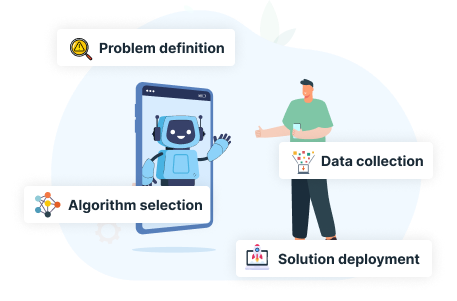
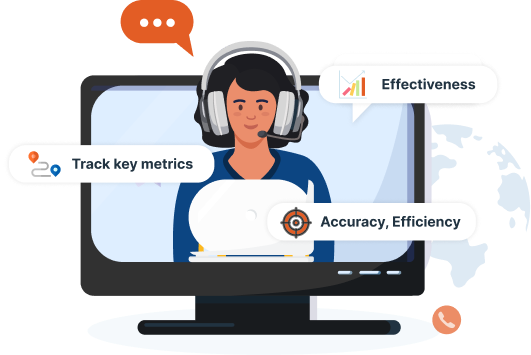
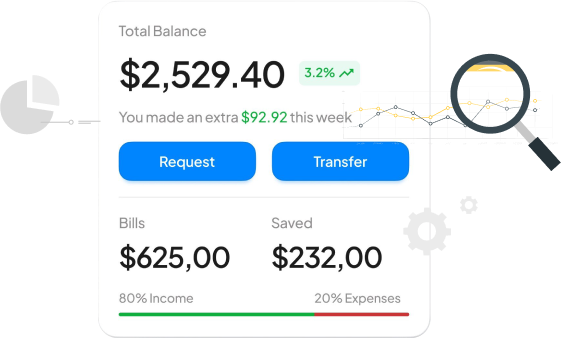

%201.png?width=50&height=50&name=machine-learning(1)%201.png)
%201.png?width=50&height=50&name=natural-language-processing(1)%201.png)
%201.png?width=50&height=50&name=natural-language-processing(2)%201.png)


%201.png?width=563&height=734&name=Development-process%20(1)%201.png)


